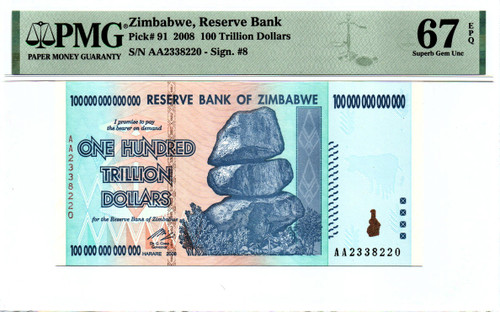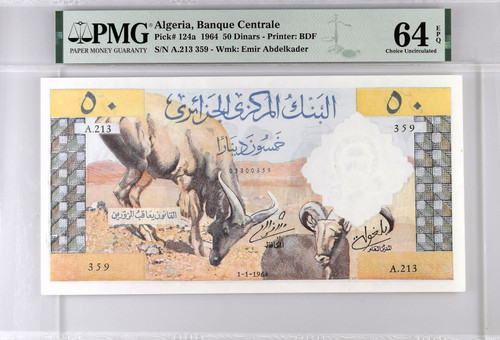1932 Ethiopia 10 Thalers P-8 PMG VF25 Rare Historical Banknote
The 1932 Ethiopia 10 Thalers, cataloged as P-8 and graded PMG VF25 (Very Fine), stands as a significant artifact from a pivotal period in Ethiopian history. Issued during the reign of Emperor Haile Selassie, this banknote is a rare collectible that reflects the nation's rich cultural heritage and its efforts to modernize its economy.
Design and Features: The design of this 10 Thalers note showcases the intricate artistry and symbolism characteristic of Ethiopia’s monetary design during the early 20th century. The note likely features iconic Ethiopian imagery, such as national symbols, cultural motifs, and perhaps even depictions of Emperor Haile Selassie himself. Its design reflects the nation's effort to assert its identity and independence amidst changing global dynamics. The PMG VF25 grade indicates a well-preserved state, with clear details, legible inscriptions, and a degree of wear consistent with its age, enhancing its appeal as a historical artifact.
Historical Significance: Issued in 1932, this 10 Thalers note represents a significant period in Ethiopian history. This was a time when Ethiopia was transitioning towards a more modern economic system while asserting its sovereignty and cultural identity. The note symbolizes Ethiopia's resilience and modernization efforts before the Italian invasion in 1935, marking a significant period of Ethiopian pride and independence.
Collector's Value: The PMG VF25 grade highlights the note's historical value, making it a desirable collectible for those interested in African numismatics, historical banknotes, or the legacy of Emperor Haile Selassie. Its rarity, historical significance, and the intricate design reflective of Ethiopia's rich heritage elevate its status as a prized addition to any collection focusing on African monetary history.
















